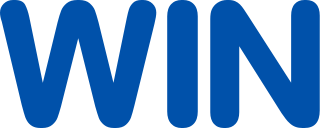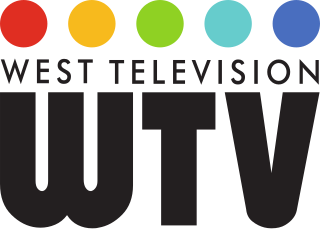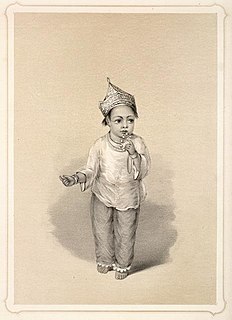The Special Broadcasting Service (SBS) is a hybrid-funded Australian public broadcasting radio, online and television network. SBS operates four TV channels and eight radio networks.

The Nine Network is a major Australian commercial free-to-air television network, that is a division of Nine Entertainment Co. with headquarters in Willoughby, a suburb located on the North Shore of Sydney, Australia. The Nine Network is one of three main free-to-air commercial networks in Australia.

As early as 1929, two Melbourne commercial radio stations, 3UZ and 3DB were conducting experimental mechanical television broadcasts - these were conducted in the early hours of the morning, after the stations had officially closed down. In 1934 Dr Val McDowall at amateur station 4CM Brisbane conducted experiments in electronic television.

The Seven Network is a major Australian commercial free-to-air television network. It is owned by Seven West Media Limited, and is one of five main free-to-air television networks in Australia. Channel Seven head office is based in Sydney.

WIN Television is an Australian television network owned by WIN Corporation that is based in Wollongong, New South Wales. WIN commenced transmissions on 18 March 1962 as a single Wollongong-only station, and has since expanded to 24 owned-and-operated stations with transmissions covering a larger geographical area of Australia than any other television network except for Australia Plus which broadcasts to 44 countries. In most areas it is a primary affiliate of Network 10.

Television in Australia began experimentally as early as 1929 in Melbourne with radio stations 3DB and 3UZ, and 2UE in Sydney, using the Radiovision system by Gilbert Miles and Donald McDonald, and later from other locations, such as Brisbane in 1934.
In Australia, regional television is the local television services outside of the five main Australian cities.
Community television in Australia (CTV) is a form of free-to-air non-commercial citizen media in which a television station is owned, operated and/or programmed by a community group to provide local programming to its broadcast area. In principle, community television is another model of facilitating media production and involvement by private citizens and can be likened to public-access television in the United States and community television in Canada.

C31 Melbourne is a free-to-air community television channel in Melbourne, Victoria, Australia.

Television Sydney (TVS) was a free-to-air sponsors-based community television station broadcasting in Sydney, Australia. The station lost both its community franchise and the battle to remain on the air on December 8, 2015 and ceased transmission on December 20, 2015 after almost ten years on the air.

Channel 44 (C44) is a free-to-air community television channel in Adelaide, South Australia. C44 features locally and nationally made content and has been broadcasting since 23 April 2004. Previously known as C31 when on analogue television, C44 made the switch to digital on 5 November 2010 and switched off its analogue signal on 31 May 2012. C44 airs a range of local, interstate and international content that is relevant to the local community.
Digital terrestrial television in Australia commenced on 1 January 2001 in Sydney, Melbourne, Brisbane, Adelaide and Perth using DVB-T standards. The phase out of analogue PAL transmissions began in 2010 and was completed by 10 December 2013.
MTN is a television station licensed to serve Griffith and the surrounding Murrumbidgee Irrigation Area (M.I.A.). The station is owned and operated by WIN Corporation as a Seven Network affiliate.
ABC Television is a service of the Australian Broadcasting Corporation launched in 1956. As a public service broadcaster, the ABC provides four non-commercial channels within Australia, and a partially advertising-funded satellite channel overseas. ABC is one of five main free-to-air networks in Australia.
This timeline of Australian television lists important station launches, programs, major television events, and technological advancements that have significantly changed the forms of broadcasting available to viewers of television in Australia. The history of television in Australia can be traced back to an announcement from the Menzies' government concerning plans for television services in Sydney and Melbourne.

7HD is an Australian television channel, owned by Seven West Media, originally launched on 15 October 2007 featuring unique breakaway programming from 10 December 2007 to 4 October 2009 and a HD simulcast of Seven until 25 September 2010. The channel is available to high definition digital television viewers in metropolitan areas through a number of owned-and-operated stations. On 25 September 2010, 7HD was replaced by the new channel 7mate.

ABC HD is an Australian free-to-air public television channel.

West TV (WTV) is a free-to-air community television station that began broadcasting in standard definition digital format on logical channel 44 in Perth on 10 April 2010 at 10 am.
CDT is an Australian digital television station broadcasting in remote central and eastern Australia. It is jointly owned by Southern Cross Austereo and Imparja Television Pty Ltd and operates under the company name Central Digital Television.
























